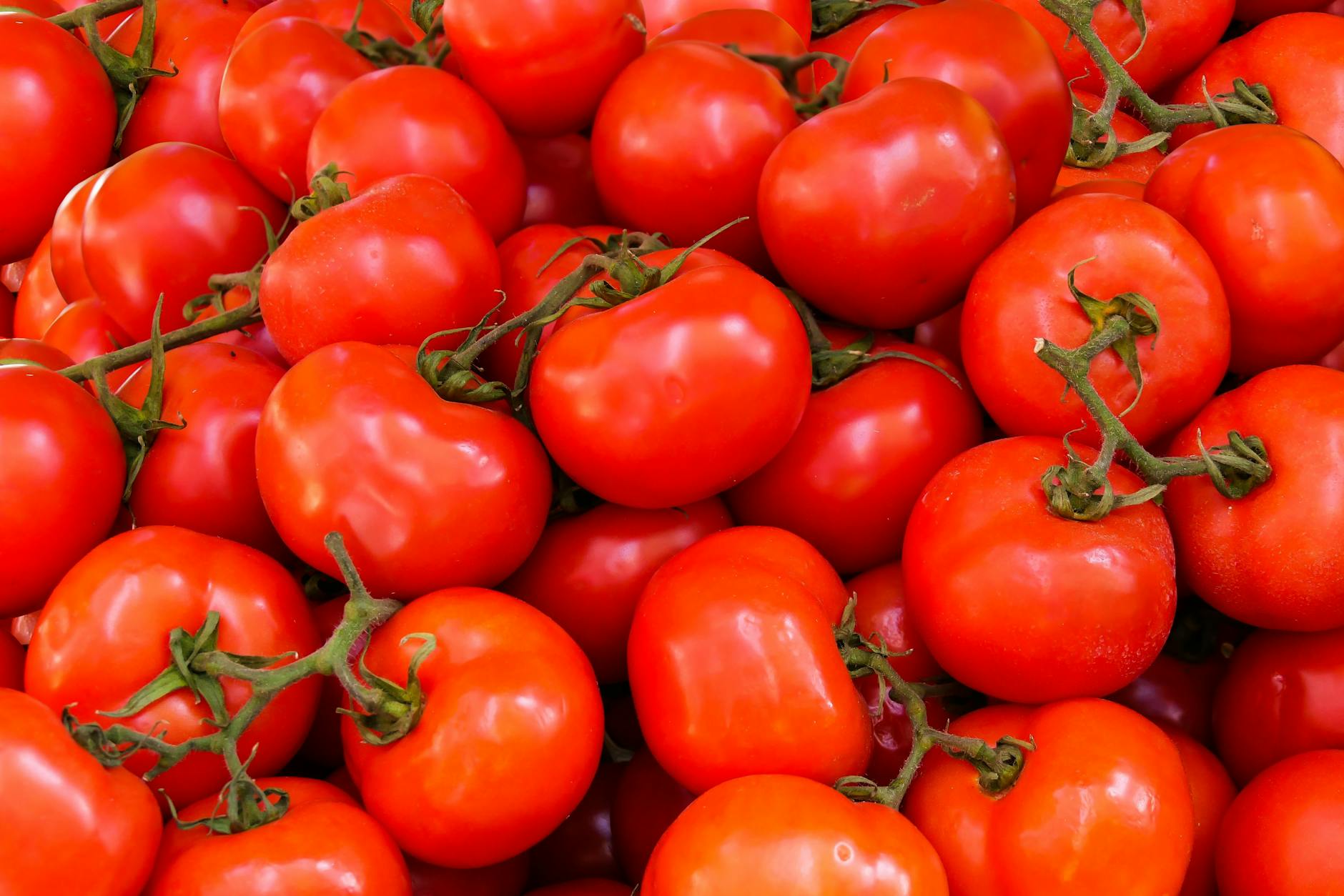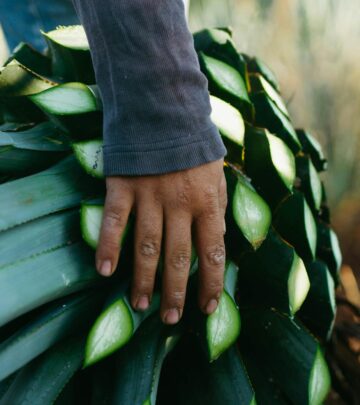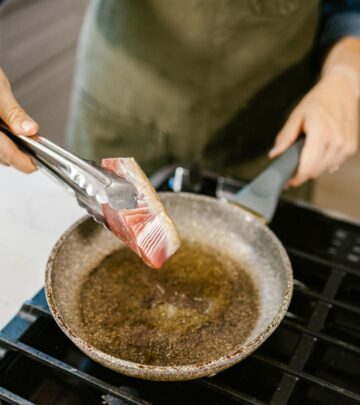How to Ripen Green Tomatoes on the Counter: Practical Methods for Perfect Flavor
Transform firm garden harvest into juicy, flavorful fruit through optimal temperatures.

How to Ripen Green Tomatoes on the Counter
Every seasoned gardener faces this dilemma: the first frost is looming, but the tomato vines are still loaded with firm green fruit. Don’t let your efforts go to waste. Even after the growing season ends, green tomatoes can be rescued and ripened indoors, ensuring your hard work results in flavorful, juicy tomatoes well beyond the garden’s prime.
Understanding Tomato Ripening
Ripening is an intricate process involving the natural plant hormone ethylene, which transforms green, starchy fruit into the richly colored, aromatic tomatoes we expect. Once tomatoes reach their mature size, they will often ripen off the vine, provided they are handled and stored correctly. Fruit that begins to blush—showing even a hint of color—has already started this transformation and is most likely to finish ripening indoors.
When to Harvest Green Tomatoes
The optimal time to bring tomatoes indoors is when:
- The fruit is full size and firm, even if it’s completely green
- There’s no visible sign of disease or damage
- The nighttime temperatures regularly dip to near freezing (32–34℉), risking frost
- You notice some fruit beginning to change color (“breaker stage”) and want to save those that may not mature before a cold snap
Fruits that are dark green and very immature are less likely to ripen successfully indoors, while pale green or blush-toned ones have a much higher chance of developing full flavor and color .
Preparing Tomatoes for Indoor Ripening
Before bringing your tomatoes inside:
- Pick all fruits before a hard frost, ideally in the afternoon when plants are driest
- Wipe off soil, but avoid washing unless necessary; moisture can lead to rot
- Remove any damaged or diseased tomatoes—their presence can cause others to spoil
Methods for Ripening Green Tomatoes Indoors
1. Countertop Ripening
For tomatoes already showing signs of color, this is the simplest approach. Arrange them in a single layer, out of direct sunlight but in a warm spot (around 68–72℉). Higher temperatures can accelerate ripening, but too hot can cause spoilage. Check daily and remove any that begin to rot.
- Pros: No special equipment needed; easy to monitor progress
- Cons: Slower for fully green fruit; risk of fruit flies if not checked often
2. Paper Bag or Box Method
For a larger number of tomatoes, layer them in a cardboard box, separated by sheets of newspaper or tissue. Alternatively, use paper bags: place several tomatoes in each and loosely fold the top. This method traps ethylene, concentrating ripening gases and protecting fruit from light.
- Place a few ripe bananas or apples in the box or bag. These fruits emit additional ethylene, speeding up ripening .
- Keep the container at a temperature of 55–70℉. Cooler (around 50–55℉) slows ripening and extends shelf life; warmer makes it faster but increases risk of spoilage .
- Check tomatoes every couple of days and remove ripened or spoiled fruit promptly.
3. Windowsill Method
Placing tomatoes on a sunny windowsill is traditional and visually appealing. However, laundry sunlight may toughen skins, cause uneven coloring, or shrivel fruit. Best reserved for nearly ripe tomatoes needing just a bit more time to finish.
- Rotate tomatoes daily to avoid overexposure on one side.
- Monitor closely for any signs of shriveling or splitting.
4. Hanging the Whole Vine
If the weather turns cold suddenly, and your tomato plants are loaded with fruit, gently pull up the entire plant (or a large branch) and shake off loose dirt. Hang it upside down in a cool, sheltered location such as a basement or garage. The fruit will often continue maturing slowly as if still outdoors, sometimes developing better flavor than picked fruit.
- Requires space and mess tolerance
- Best for small-scale or determined gardeners
Ideal Conditions for Indoor Ripening
| Ripening Factor | Ideal Condition | Effect |
|---|---|---|
| Temperature | 55–70℉ (13–21℃) | Quicker at 65–70℉, but longer storage at 55–60℉ |
| Humidity | Moderate (60–70%) | Prevents shriveling, lowers rot risk |
| Light | Indirect only | Prevents skin toughening and uneven color |
| Ethylene Exposure | Confined space/with ripe fruit | Speeds ripening |
Tips for Ripening Success
- Use Ripe Fruit as Accelerants: Bananas or apples in the box emit ethylene. Replace them once they are overripe or begin to mold .
- Monitor Daily: One spoiled tomato can quickly affect others. Remove any with soft spots or mold immediately.
- Reduce Watering Outdoors Before Harvest: In the last week before harvest, minimize watering tomato plants to stress them slightly—this directs the plant’s energy from foliage to fruit, helping them ripen faster .
- Remove Immature Fruit: Nubby, small tomatoes should be culled from the plant and composted; they are unlikely to ripen in time .
- Pick Off New Flowers: As days shorten, remove all new blooms so the plant’s energy goes to maturing existing fruit .
Common Pitfalls and How to Prevent Them
- Overcrowding: Don’t stack tomatoes too closely or in deep piles. Lack of airflow increases the risk of rot.
- Too Much Moisture: Always dry tomatoes after picking. Never wash unless needed; instead, gently wipe off dirt.
- Under-Ripe Fruit: Extremely dark-green, immature tomatoes rarely develop proper flavor. These are best used for fried green tomatoes, pickles, or chutney.
- Light Exposure: Direct sun can toughen skins. Use indirect light for more even, gentle ripening.
Alternative Uses for Green Tomatoes
Not every tomato will ripen. Don’t discard perfectly good green fruit—explore other culinary uses:
- Fried green tomatoes: A Southern classic
- Green tomato relish or chutney
- Pickled green tomatoes: Crunchy and tangy preserves
- Tomato jam or salsas
Stuck with fruit that won’t ripen? Many green tomato recipes are delicious and easy to make.
Frequently Asked Questions (FAQs)
Q: Can all green tomatoes be ripened indoors?
A: No. Only tomatoes that have reached full size and begin to lose their dark green color are likely to ripen off the vine. Very immature or deeply green fruit generally will not ripen well .
Q: What is the ideal temperature for ripening tomatoes off the vine?
A: The best temperature range is 55–70℉. Lower temperatures (below 50℉) may halt or drastically slow the process; temperatures above 75℉ increase risk of rot .
Q: Should tomatoes be washed before ripening indoors?
A: Only wipe off visible soil. Washing can introduce moisture that heightens the chances of mold during storage .
Q: How can I speed up the ripening process?
A: Place a ripe banana or apple next to the tomatoes (in a bag or closed box) to increase ethylene exposure, significantly speeding up the process .
Q: What should I do if some tomatoes start rotting?
A: Remove spoiled fruit immediately to prevent ethylene and fungal spread to neighboring tomatoes. Check your box or bag daily.
Final Tips for Savoring Homegrown Flavor
Successfully ripening green tomatoes indoors is both an art and a science. Start by harvesting at the right stage and selecting the proper ripening technique for your available space and tomato quantity. Inspect your tomatoes daily, and don’t be afraid to try several methods to see what works best in your home. With attention and care, you can enjoy garden-fresh tomatoes long after the first frost.
References
Read full bio of Srija Burman


















Community Experiences
Join the conversation and become a part of our empowering community! Share your stories, experiences, and insights to connect with other beauty, lifestyle, and health enthusiasts.